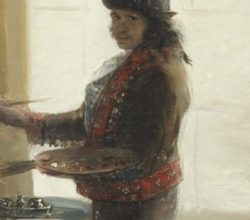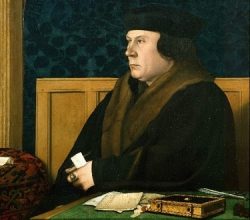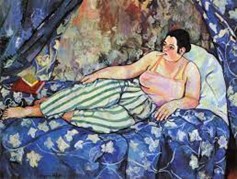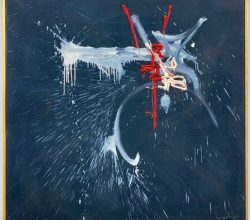
The Triumph of Rubens
Lucia Marchini | The Past | 19th October 2021
When we think Rubens, we think sensual, fleshy bodies. Yet he was also a scholar and diplomat. An “all-encompassing interest” in the art of antiquity links what otherwise might seem divergent. He admired ancient sculptures and their buff bodies. Alluding to their mythologies in his own art made him seem learned, accomplished. But his exuberant re-working of those ideas makes his work truly his own, “part of his narrative, part of the expression that he’s bringing to these ideas.’



